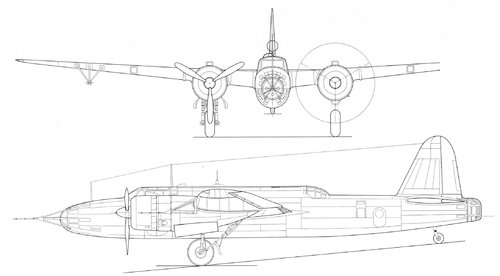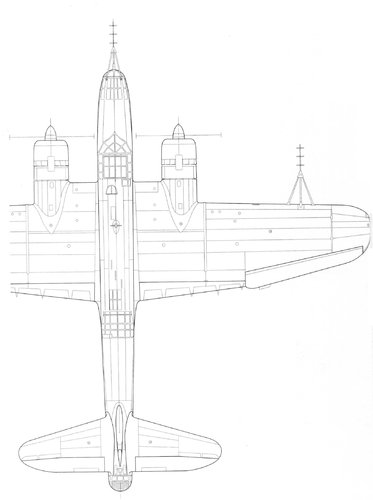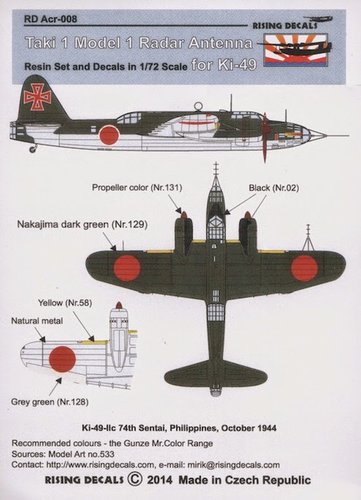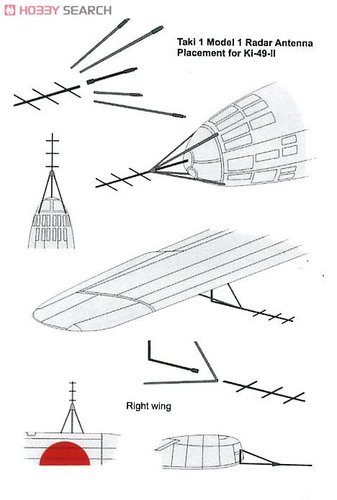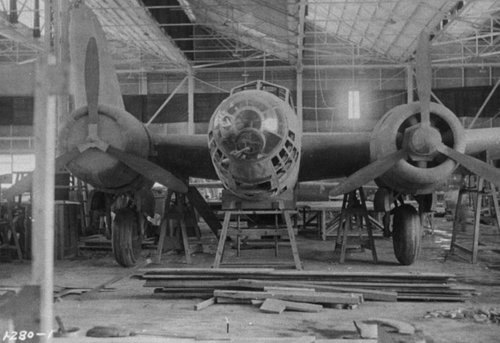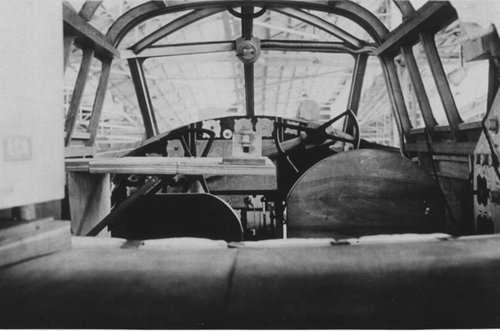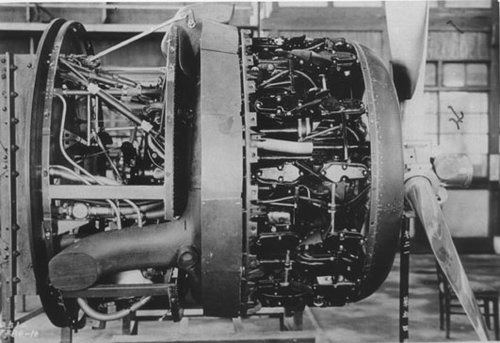Temistocle
ACCESS: Secret
- Joined
- 9 December 2009
- Messages
- 219
- Reaction score
- 444
Hi at all,
I am not talking about the "special attack" versions of this plane, but to other adaptations/prototypes.
1) In this thread about the Ki-67 successor, there is a link to this page
http://www.historyofwar.org/articles/weapons_nakajima_ki-49_donryu.html
about the Nakajima Ki-49 Donryu, with a small info about its (tentative) use as night fighter. The only reference I found in my books is on Richard Bueschel, Nakajima Ki-49 Donryu in Japanese Army Air Force Service, Schiffer, 2004, p. 46:
The most unique adaptation of the Donryu in the battle for New Guinea was the creation of “Hunter-Killer” night fighter teams in which both aircraft were “Helen” bombers that had been modified in the field. Night bombing attacks by the American 5th Air Force against Japanese shipping attempting to supply the JAAF in New Guinea had been causing considerable damage. What was needed was a fighter defense that could locate and shoot down the raiders, with aircraft speed and range of minor importance. Twin-engined JNAF reconnaissance aircraft had already been successfully modified as night fighters at Rabaul, and night flying training had been started by the JAAF before leaving for Wewak in August 1943. The decision was reached at 4th Air Army Supply Headquarters late in 1943 to modify Donryu bombers at Wewak to mount a 75 mm Army field piece on the underside of the fuselage of the “Killer”, with an anti-aircraft searchlight in the nose of the “Hunter” component. Operating together, one or two teams were created to patrol the harbors at night. Poor performance kept them from accomplishing their assigned job, and the idea was regretfully dropped.
2) at the same page above there is a very small reference to an antisubmarine version of the Ki-49:
Some Ki-49-Is were given magnetic detection gear and other electronic kit and used as anti-submarine aircraft.
but in the Bueschel book there is nothing about it.
3) In the Japanese Wikipedia page there is also a small reference to this prototype:
Ki 50 - Aerial refueling machine type. Prototype only
but again Bueschel says nothing.
Do you ave any other info/picture/drawing of these versions?
I am not talking about the "special attack" versions of this plane, but to other adaptations/prototypes.
1) In this thread about the Ki-67 successor, there is a link to this page
http://www.historyofwar.org/articles/weapons_nakajima_ki-49_donryu.html
about the Nakajima Ki-49 Donryu, with a small info about its (tentative) use as night fighter. The only reference I found in my books is on Richard Bueschel, Nakajima Ki-49 Donryu in Japanese Army Air Force Service, Schiffer, 2004, p. 46:
The most unique adaptation of the Donryu in the battle for New Guinea was the creation of “Hunter-Killer” night fighter teams in which both aircraft were “Helen” bombers that had been modified in the field. Night bombing attacks by the American 5th Air Force against Japanese shipping attempting to supply the JAAF in New Guinea had been causing considerable damage. What was needed was a fighter defense that could locate and shoot down the raiders, with aircraft speed and range of minor importance. Twin-engined JNAF reconnaissance aircraft had already been successfully modified as night fighters at Rabaul, and night flying training had been started by the JAAF before leaving for Wewak in August 1943. The decision was reached at 4th Air Army Supply Headquarters late in 1943 to modify Donryu bombers at Wewak to mount a 75 mm Army field piece on the underside of the fuselage of the “Killer”, with an anti-aircraft searchlight in the nose of the “Hunter” component. Operating together, one or two teams were created to patrol the harbors at night. Poor performance kept them from accomplishing their assigned job, and the idea was regretfully dropped.
2) at the same page above there is a very small reference to an antisubmarine version of the Ki-49:
Some Ki-49-Is were given magnetic detection gear and other electronic kit and used as anti-submarine aircraft.
but in the Bueschel book there is nothing about it.
3) In the Japanese Wikipedia page there is also a small reference to this prototype:
Ki 50 - Aerial refueling machine type. Prototype only
but again Bueschel says nothing.
Do you ave any other info/picture/drawing of these versions?

